🏋️ How Often Should You Train Each Muscle Group for Maximum Results?
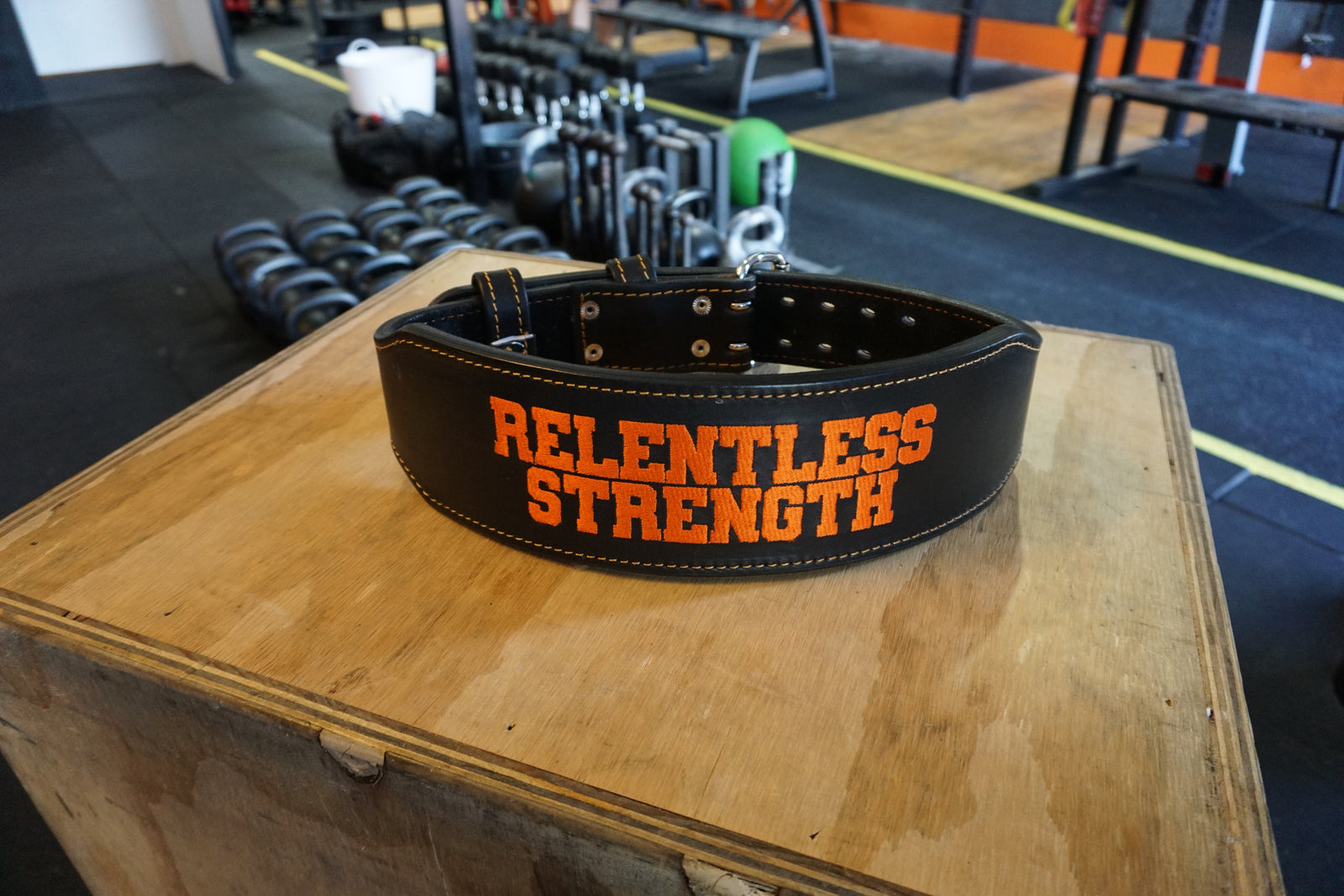
Learn how often to train each muscle group for maximum muscle growth and recovery, based on the latest exercise science and expert recommendations.
Target keywords:
-
-
how often to train each muscle group
-
optimal training frequency
-
best workout split for muscle growth
-
muscle recovery time
-
hypertrophy training plan
-
Introduction
If you’ve been wondering, “How often should I train each muscle group for maximum results?”, you’re not alone. Whether you’re training for strength, hypertrophy, or general fitness, finding the right training frequency is key to building muscle while avoiding burnout.
The answer isn’t one-size-fits-all — it depends on your experience, recovery, and program design. Let’s look at what the research says about training frequency, recovery times, and how to optimise your weekly workout split.
💪 The Science Behind Training Frequency
Studies show that training each muscle group 2–3 times per week tends to yield the best results for muscle growth and strength.
-
A 2019 meta-analysis published in the Journal of Strength and Conditioning Research found that training frequency plays a secondary role to total weekly training volume — meaning it’s better to spread your sets across multiple sessions rather than cramming them into one day.
-
Another study from the Norwegian School of Sports Sciences showed that athletes training 6 days per week (hitting each muscle group twice) saw greater hypertrophy than those training 3 days per week with the same volume.
In short:
👉 The total weekly workload matters most — but hitting each muscle group 2–3 times weekly improves performance and recovery.
🧠 How Muscles Grow and Recover
When you lift weights, you create microtears in muscle fibers. These fibers rebuild stronger during recovery — a process that takes roughly 24–72 hours depending on training intensity and nutrition.
Training too soon = incomplete recovery → fatigue and slower progress.
Training too infrequently = muscles fully recover but don’t grow efficiently.
That’s why striking the right balance between stimulation and recovery is essential for maximum results.
⚙️ Ideal Training Frequency by Muscle Group
| Muscle Group | Optimal Frequency | Notes |
|---|---|---|
| Chest | 2x per week | Split volume across two workouts (e.g., push or upper days). |
| Back | 2–3x per week | Responds well to higher frequency and varied angles. |
| Legs (quads, hamstrings, glutes) | 2x per week | Large muscles need longer recovery; include one heavy and one lighter day. |
| Shoulders | 2–3x per week | Can handle frequent work with varied intensity. |
| Arms (biceps/triceps) | 2–3x per week | Recover quickly; can be added to push/pull or isolation days. |
| Abs/Core | 3–5x per week | Respond well to regular, low-volume training. |
🧩 Choosing the Right Training Split
1. Full-Body Split (3x per week)
Great for beginners or those short on time.
-
Each session trains all major muscle groups.
-
Allows full recovery between workouts.
2. Upper/Lower Split (4x per week)
Ideal for intermediates.
-
Example: Upper (Mon), Lower (Tue), Rest (Wed), Upper (Thu), Lower (Fri).
-
Hits each muscle group twice weekly.
3. Push/Pull/Legs Split (6x per week)
Perfect for experienced lifters.
-
Each muscle group trained twice per week with higher total volume.
-
Requires good recovery and sleep.
💤 Recovery and Rest Tips
-
Prioritise sleep (7–9 hours). Growth hormone and muscle repair peak during sleep.
-
Eat enough protein. Aim for 1.6–2.2g of protein per kg of body weight daily.
-
Hydrate and manage stress. Cortisol can interfere with muscle recovery.
-
Listen to your body. Persistent soreness or fatigue means you might need an extra rest day.
⚖️ Training Frequency vs Intensity vs Volume
Training frequency is just one piece of the puzzle. To maximise results, focus on the three pillars of muscle growth:
-
Frequency: How often you train each muscle.
-
Intensity: How hard you push each set.
-
Volume: The total sets and reps per week.
A balanced plan might look like:
-
10–20 sets per muscle group per week spread across 2–3 sessions.
-
Progressive overload (adding weight, reps, or sets gradually).
🔑 Final Takeaway
If your goal is maximum muscle growth:
-
Train each muscle group 2–3 times per week.
-
Distribute volume evenly across sessions.
-
Allow for at least 48 hours of recovery between training the same muscle.
Consistency, nutrition, and rest are what truly drive progress — not how many days you train.
Want to Level Up Your Lifting?
Support your training with the right gear. A custom weightlifting belt can help you to stabilise your core and improve form during heavy lifts. A weightlifting belt gives you tactile feedback so you know when you are bracing correctly and it acts are a visual and tactile reminder to brace up. You can find plain boring belt at sports shops, but Anvil Strength Co offer fun Custom weightlifting belts at competitive prices.
Design your custom weightlifting belt here. Its Fast, easy, and fun!
Custom Powerlifting Lever Belt – Anvil Strength Co
⚠️ Disclaimer
The content on this blog is provided solely for general informational, educational, and entertainment purposes. It is not intended to constitute professional medical, fitness or nutritional advice, nor is it a substitute for advice, diagnosis, or treatment from a qualified healthcare provider or other professional.
You should always seek the advice of a physician or other qualified health professional with any questions you may have regarding a medical condition, your fitness programme, or any other health-related matters.
Do not disregard or delay obtaining professional advice because of something you read here. Use of any information provided in this blog is at your own risk.
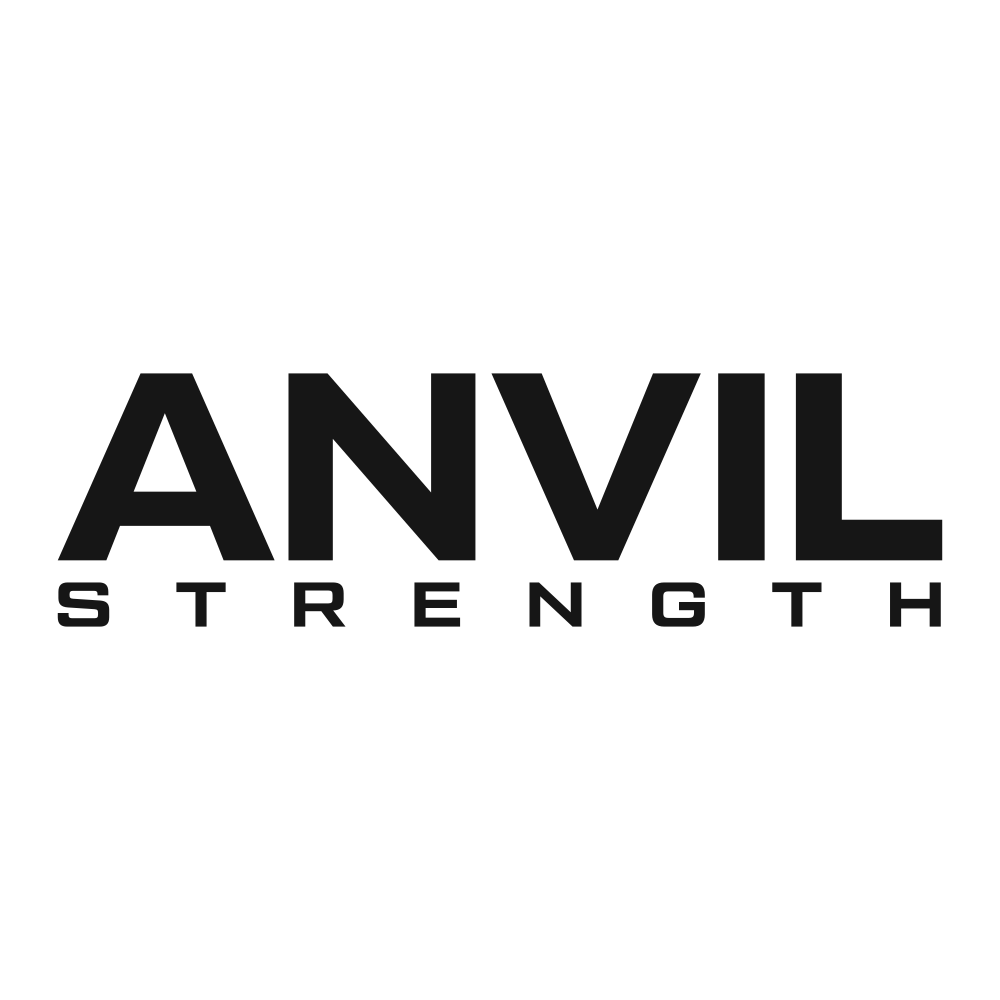
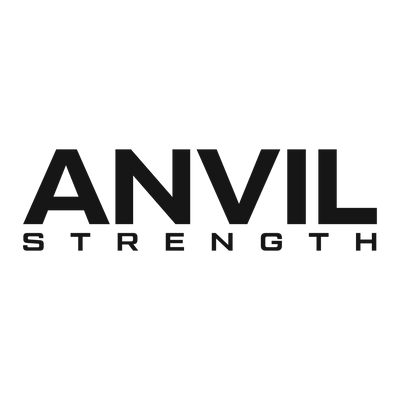
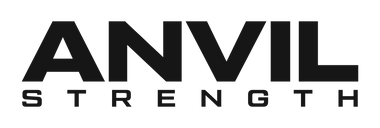
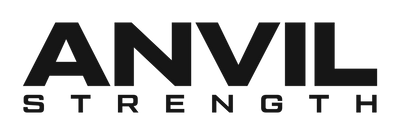


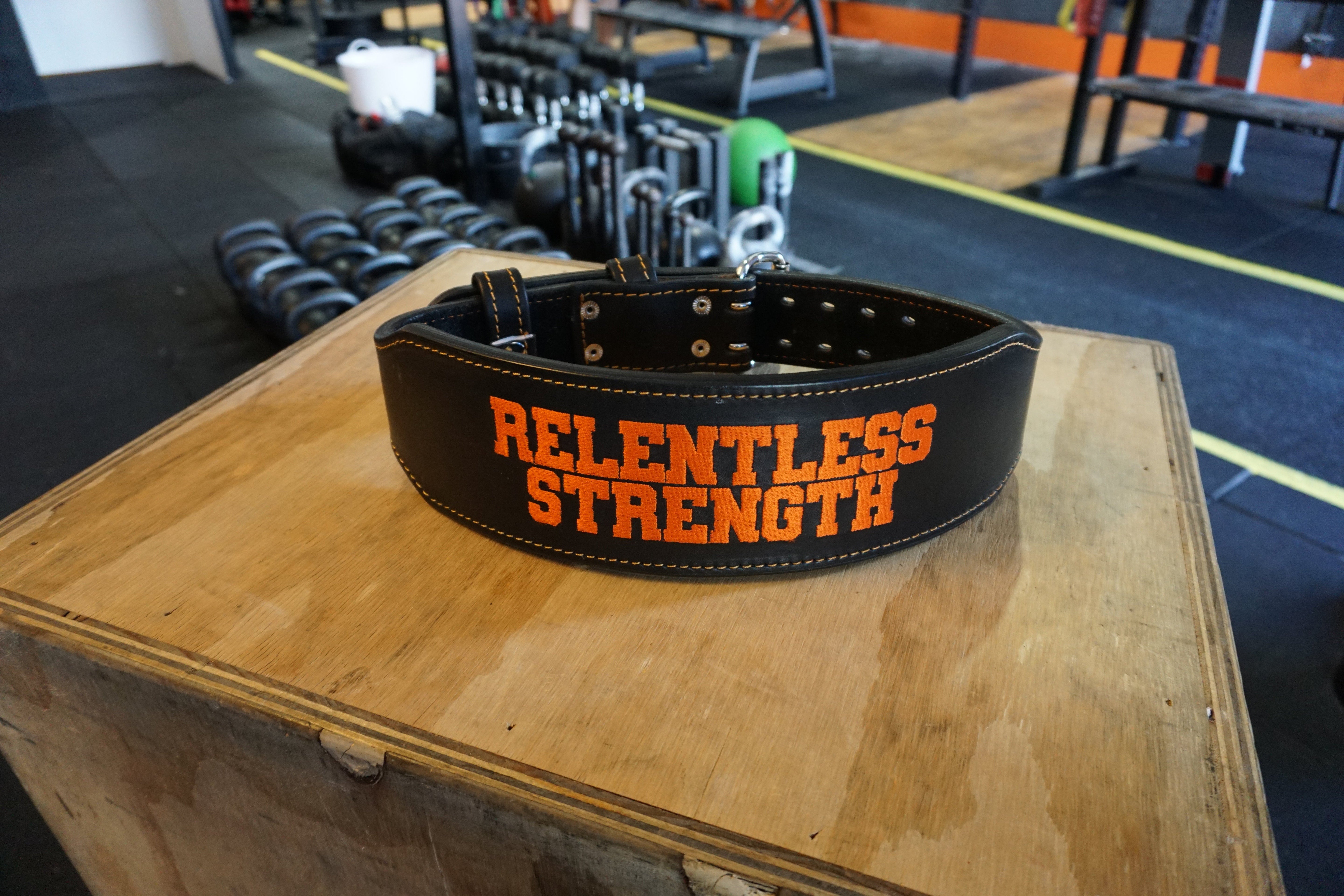
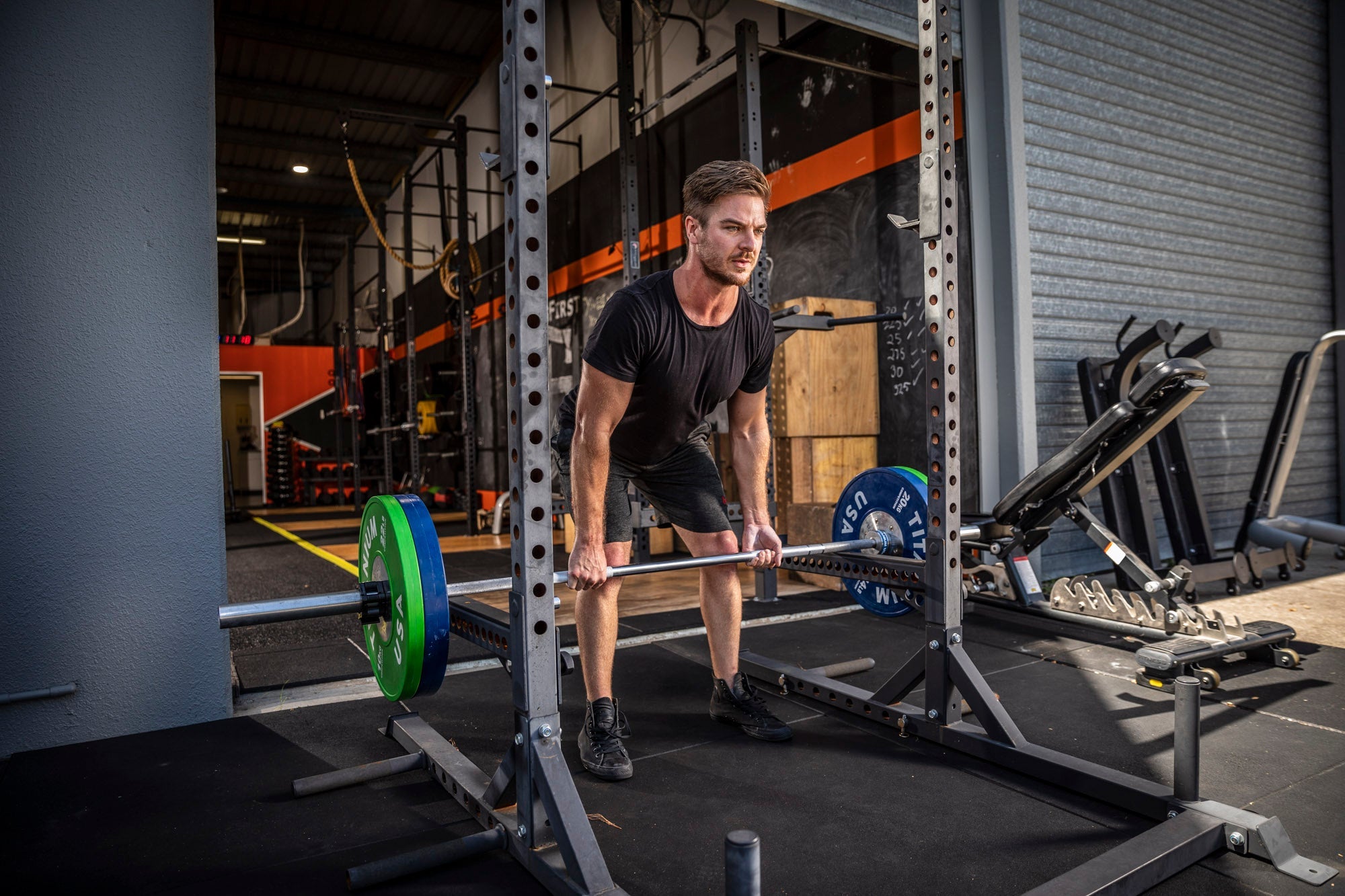
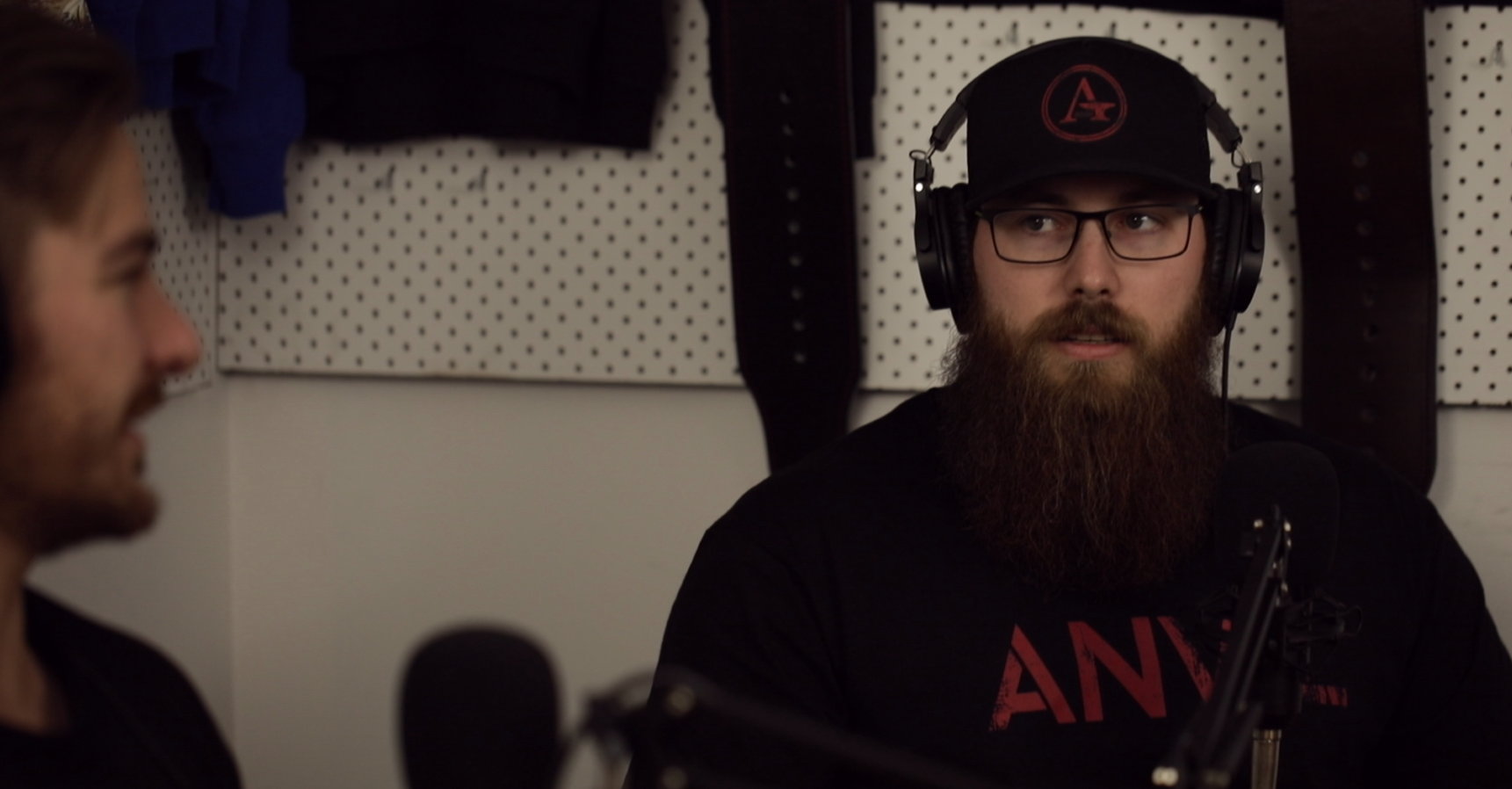
Leave a comment